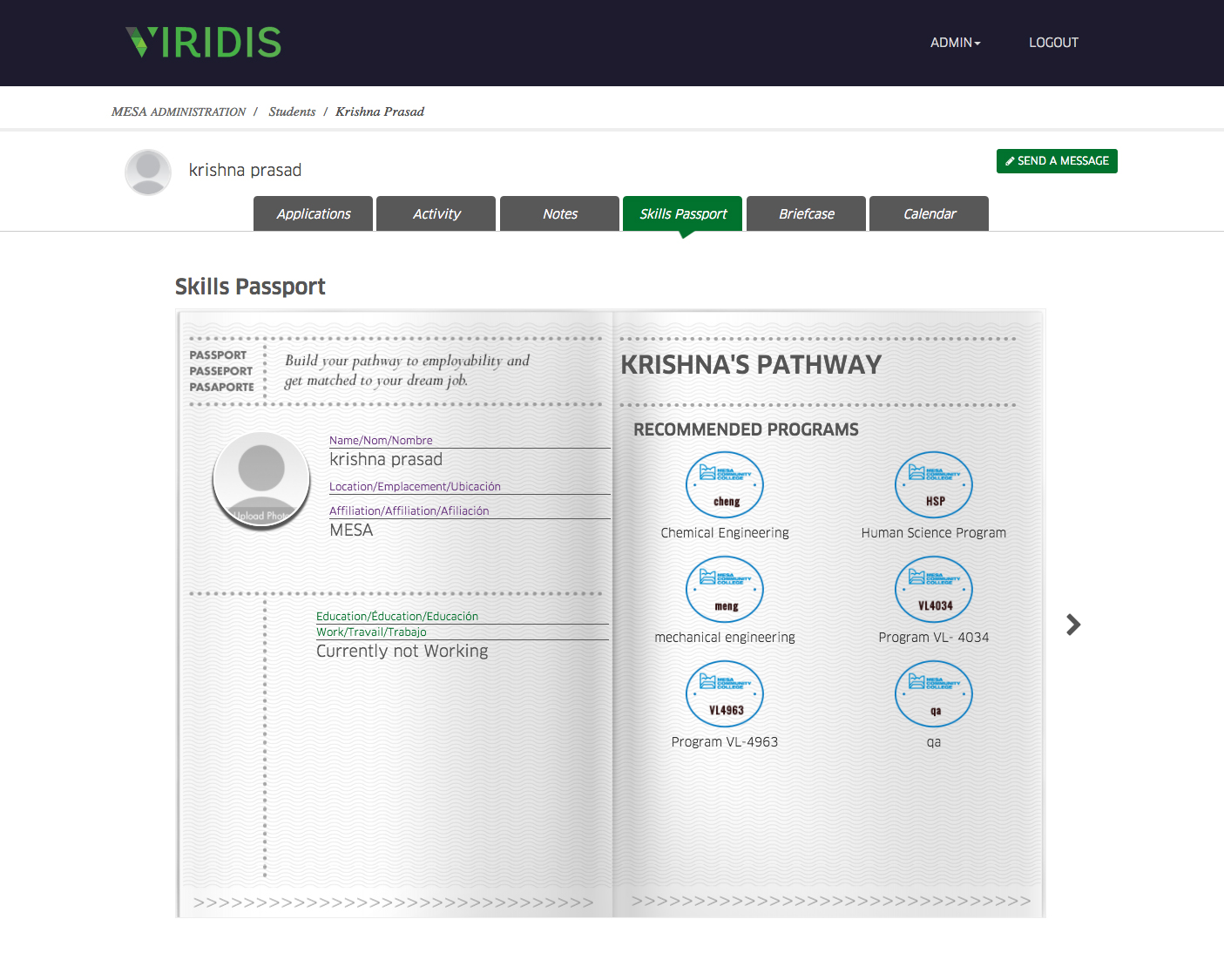When one thinks of community colleges, one often pictures students, both young and young-at-heart, looking to hone skills to prepare them for further schooling or career opportunities. Yet a sometimes overlooked part of that community are local companies and businesses that hope—and need—to find skilled workers.
In an age of anxiety over economic and employment uncertainty, fueled in part by the fears around automation, community college leaders believe they can improve the bridge that connects students and jobs.
But for many schools, connecting the dots—students, classes and programs, and local employers—has been a challenge. Rules and norms for tracking job placement for graduates vary across states and districts. “There’s a need to better serve the students by formulating an education pathway that matches them with the jobs they want,” says Randy Morales, a grant project manager at Cerritos College in southern California.
That may soon change, however, as administrators turn increasingly to tools that aim to help community college fulfill its vocational purpose. Cerritos is deploying an online platform from Viridis Learning, a New York City startup, that aims to be a one-stop shop serving students, schools and employers.
Attempting to serve three distinct groups of customers is an ambitious endeavor. Viridis helps connect community colleges with local employers to understand the opportunities and skills that are in demand. With this knowledge, a school can map its existing programs and classes to these career opportunities. This “pathway” data is available to students via an online portal, where they can research nearby job opportunities and learn what courses they need to improve their prospects.
As students enroll and complete courses, they earn digital badges in a “Skills Passport” that school counselors and recruiters can see. This digital tool signals that a student has attained the prerequisite skills for a specific career or vocational path.

For the past two years Cerritos has been working with Viridis to deploy this system, beginning with mapping the business administration program, which offers certifications in eight skills from management to human resources. Most of the first year, Morales adds, was focused on syncing the different student and job data systems required to make the platform work, in compliance with privacy and security requirements. Funding for the effort came partially from a $2.3 million grant from the Department of Labor that supports job-training programs at community colleges. The school plans to add advanced manufacturing programs next.
Viridis does most of the heavy lifting in reaching out to potential employers through regional economic development corporations and local chambers of commerce. The company currently boasts more than 220,000 jobs nationwide on its platform, which it shares with local community colleges. “All these players are excited about an integrated data ecosystem because employers need a supply chain of talent, and community colleges need to understand where their students are going post-graduation,” Viridis CEO Felix Ortiz tells EdSurge. The jobs he hopes to help fill are “middle-skilled” jobs that pay upwards of $35,000 a year.
Perhaps the most critical component of the tool is the ability to keep track of students’ progress and reach out when needed, says Joyce Williams, Associate Vice Chancellor of Workforce and Community Initiatives at Dallas County Community College District (DCCD), which serves more than 80,000 students across Texas. DCCD has worked with Viridis to map four career pathway programs—logistics, pharmacy technician, automotive and veteran employment initiatives. (Some companies specifically aim to hire veterans).
Unexpected things in “life often happen for community college students,” says Williams. “They often say say they’re coming back, but some never do. But if we can catch them and let them know that the jobs are still here for you, that we’re still here, that can make a difference.”
Both Morales and Williams say keeping in touch can make all the difference in helping students stay on track, but it’s something that many counselors are ill-equipped to do. Having a tool that allows schools to be more transparent about career options, wage expectations, and the work it takes to get there can encourage students to be more proactive in pursuing educational opportunities.
Viridis has been around since 2009, but the current platform has only been implemented in the past couple years. As the first batch of students are finishing the program, Ortiz expects to be able to report placement numbers soon. Currently 20 community college districts are using the tool.
What the company and its school partners will report about job placement statistics will be a key indicator about how well community colleges can meeting modern workforce demands. “If, as the new federal administration has been saying, they really want to keep the jobs here, there are a lot of new skills people need to learn,” says Morales.


